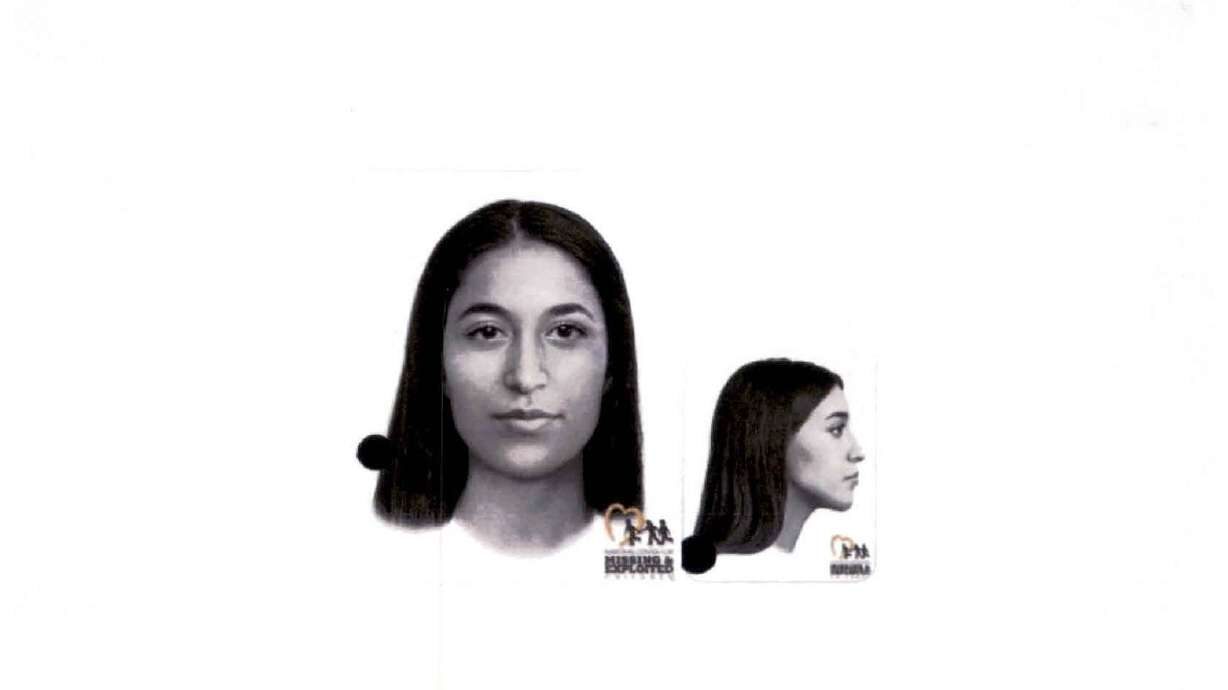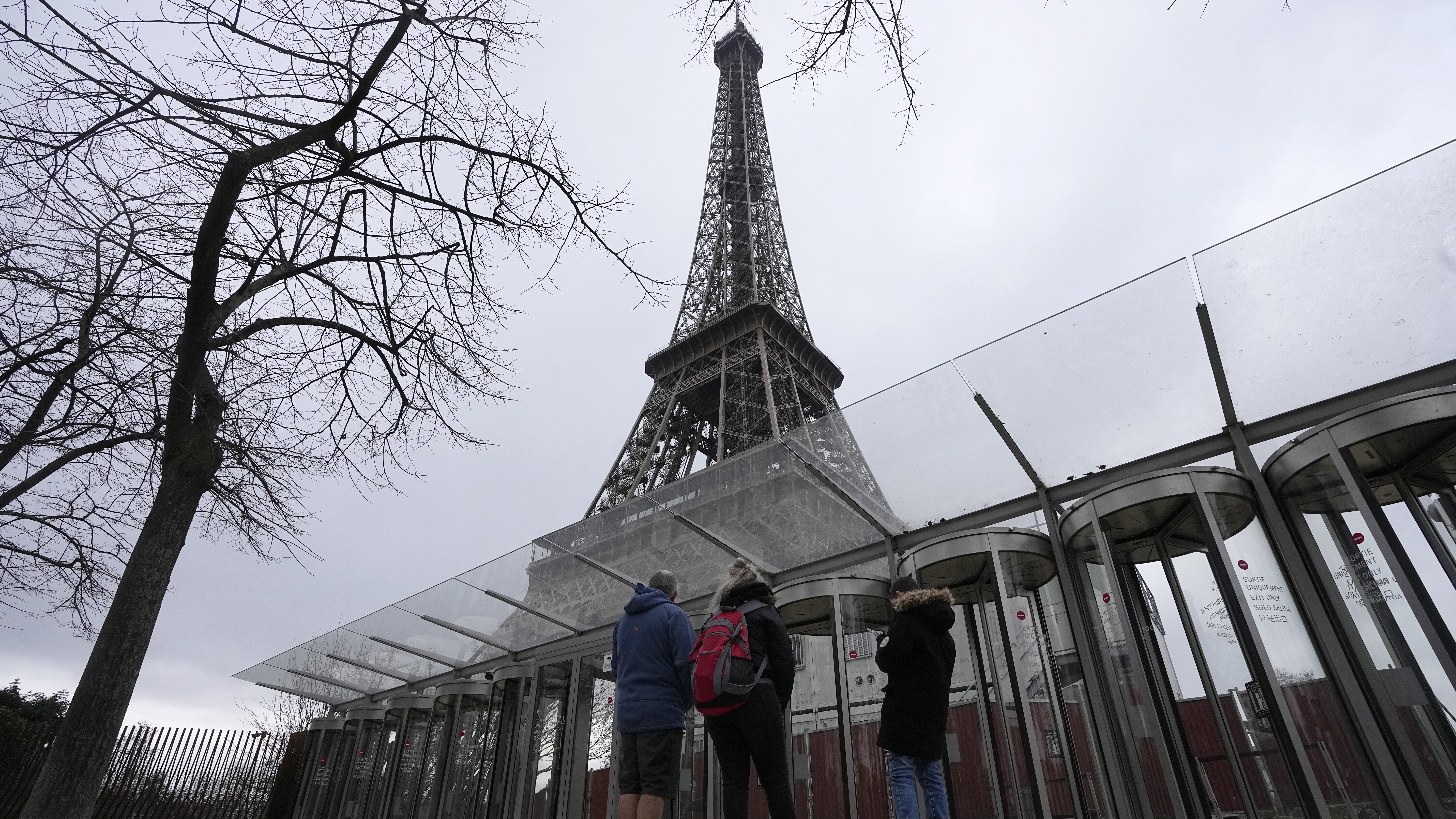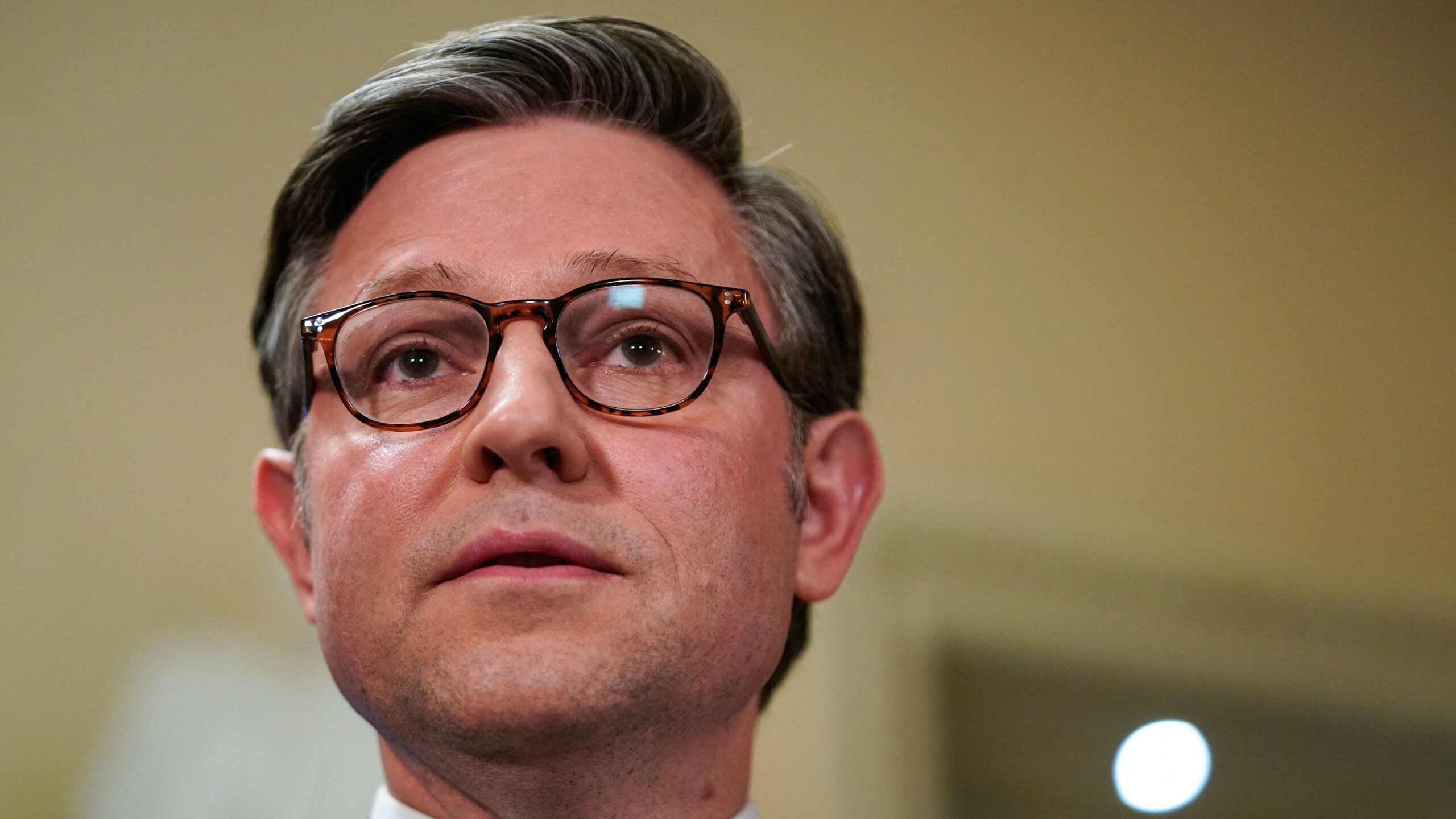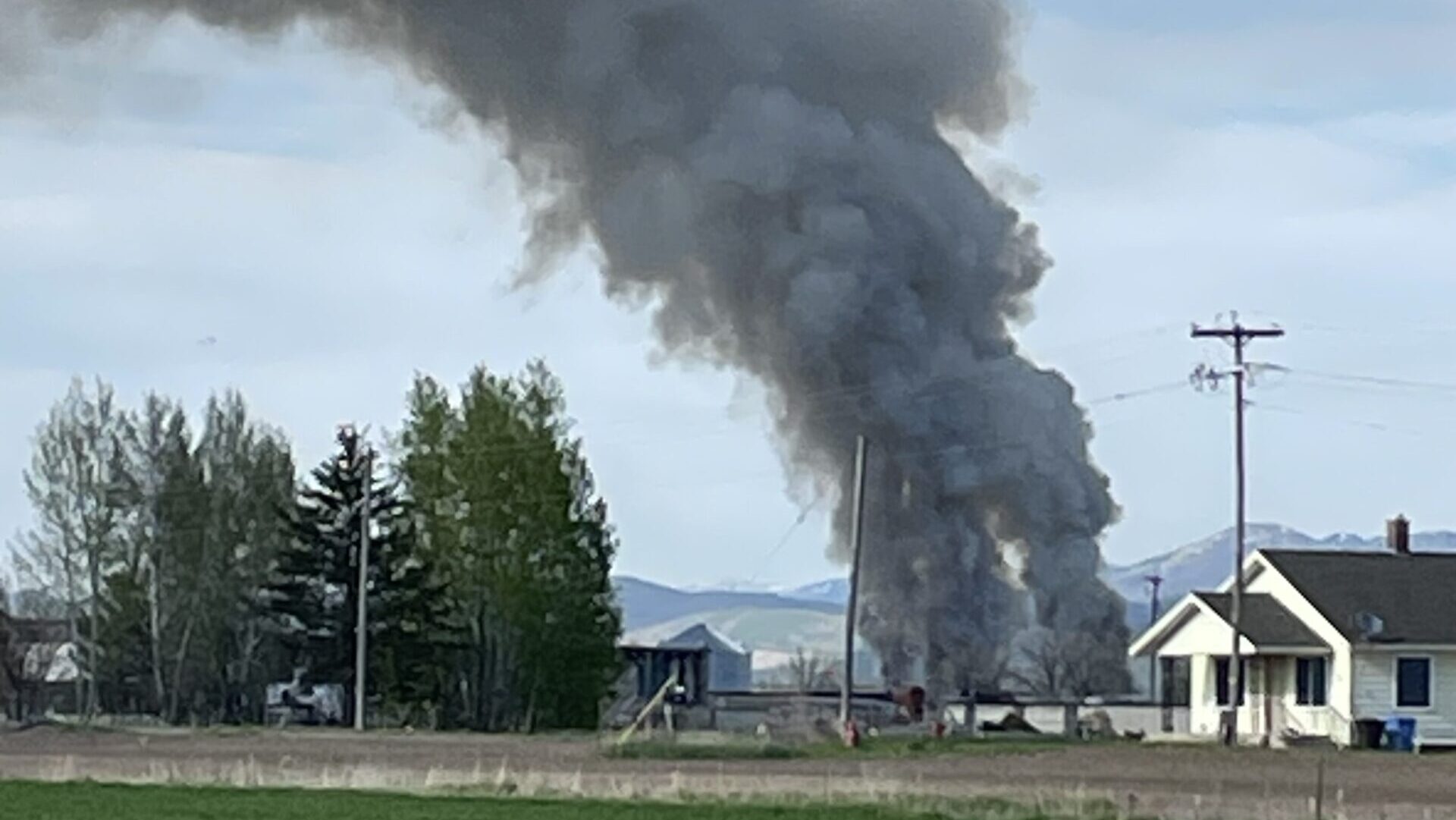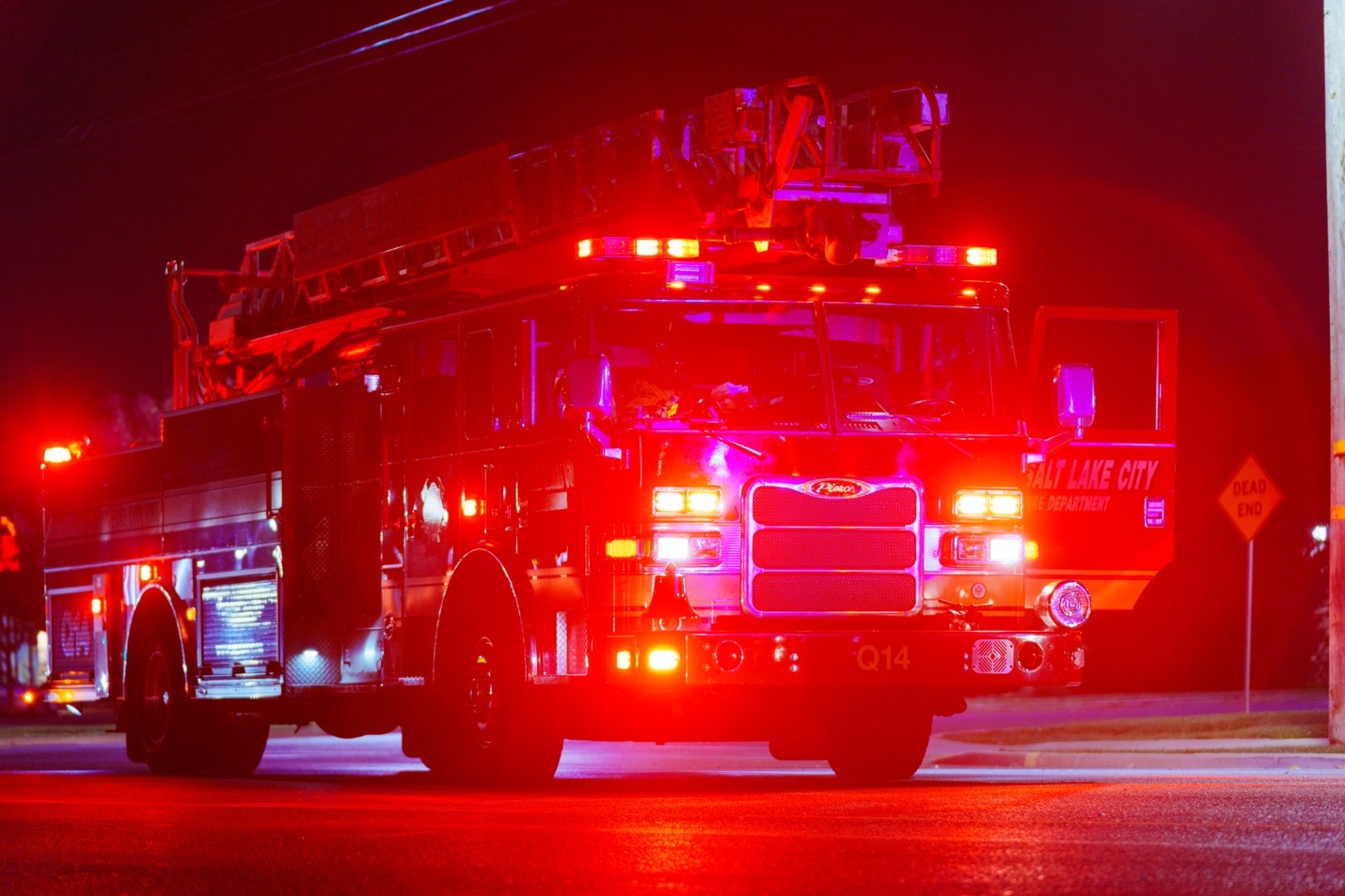Gov. Cox declares Utah’s drought a state of emergency
Mar 17, 2021, 4:33 PM | Updated: 5:10 pm
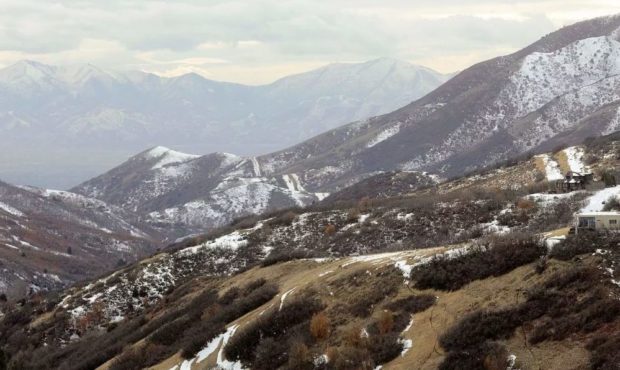
File photo: A mix of a shallow snowpack and dry hillsides can be seen in Emigration Canyon on Tuesday, Feb. 9, 2021. (PHOTO: Kristin Murphy, Deseret News)
(PHOTO: Kristin Murphy, Deseret News)
SALT LAKE CITY — Utah is, again, under a state of emergency. But this time the order from Governor Spencer Cox is unrelated to the pandemic.
Rather, Cox signed an executive order Wednesday, stating that Utah’s drought is a problem. With 100% of the state experiencing moderate drought and 90% of the state under extreme drought conditions, Cox asked Utahns to evaluate their water use.
RELATED: Wind and drought will affect fall leaves this year
“We’ve been monitoring drought conditions carefully and had hoped to see significant improvement from winter storms,” said Cox. “Unfortunately, we have not received enough snow to offset the dry conditions. I ask Utahns to evaluate their water use and find ways to save not only because of current drought conditions but also because we live in one of the driest states in the nation.”
Following a record-breaking dry summer, Utah is currently experiencing roughly 70% of its normal snowpack, which the state relies on to provide water to residents.
In order for Utah’s snowpack to reach average levels, the mountains would need to see about 30% more snowfall prior to significant melting. And, there’s around a 10% chance of that happening, according to Cox’s office.
Additionally, the state’s soil moisture is at the lowest its been since 2006.
RELATED: National Weather Service: the majority of Utah is in a drought
“Extremely dry soils mean that when we do receive precipitation, the ground will soak it up first and reduce the runoff that typically fills reservoirs, lakes and streams,” said Brian Steed, executive director of the Utah Department of Natural Resources.
“We urge people to consider ways they can save water and help be part of the solution. The state also offers water-saving and money-saving rebates to help with both indoor and outdoor conservation.”
Wednesday’s emergency declaration clears the way for the state to apply for federal aid to address the issue in Utah’s drought-affected communities, such as the agriculture sector.
Cox issued the drought order after the Drought Review and Reporting Committee recommended he do so, thus activating the Drought Response Committee.


